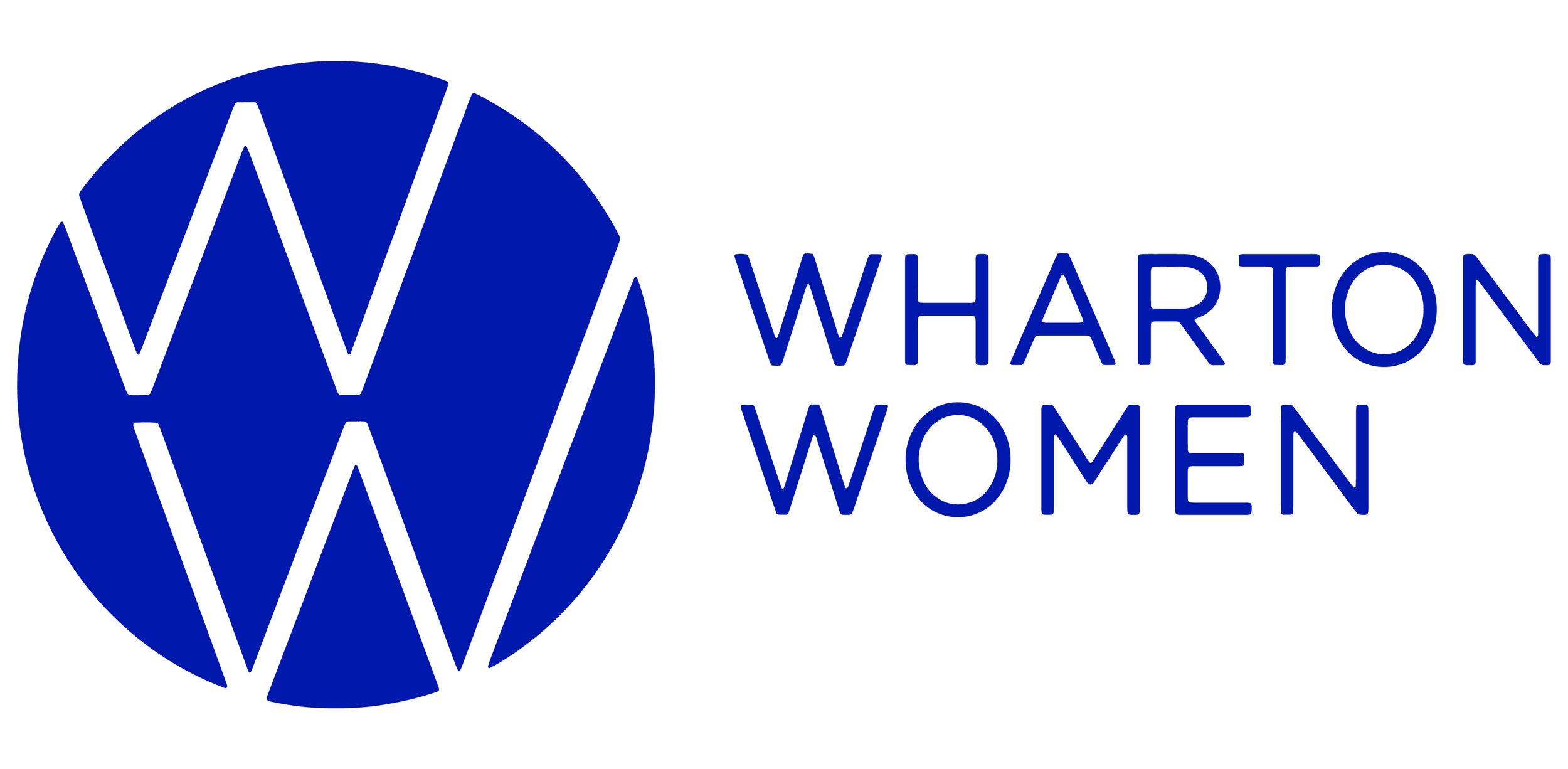International Women’s Day: The Past, Present, and Future of Women at Penn
Written by Alexandra Kent (C’28); Edited By Valeri Guevarra (W’26)
Every year on March 8th, the world comes together to celebrate International Women’s Day — a day created to recognize the achievements of women and reflect on the progress for equality that has yet to be made. Penn specifically aims to highlight the strides women have made in the past in academia, business, and leadership, while also looking to the future and to the role women will play in shaping it.
From Penn’s early history in the 1880s of women being granted degrees but studying in separate programs to full integration of women as students in the co-ed College of Arts and Sciences in 1975, women at the University have continuously redefined what leadership and equality looks like. As we celebrate this day, it is essential to look at the past, present, and future of women at Penn by honoring the brave women who paved the way, recognizing the impact of today’s leaders, and looking to the future.
The past: Breaking barriers throughout the University’s history
When the University of Pennsylvania was founded in 1740, higher education was largely inaccessible to women. It wasn’t until 1876 that Penn admitted its first two female students, Gertrude Klein Peirce and Anna Lockhart Flanigen, as “special students” in the Towne Scientific School (now SEAS). In 1931, Wharton saw its first female MBA graduate, Alma Katherine Ledig. Over the following decades, women slowly spread across different disciplines, and The College of Liberal Arts for Women was founded in 1933. 193 years after the University’s founding, women could now enroll full-time in a four-year liberal arts undergraduate degree program – but were not coeducationally a part of the University until 1975.
The present: Women at Penn today
Today, women at Penn are growing in number, and leading, innovating, and shaping industries. The class of 2028 is made up of 53% of students that identify as female, totaling approximately 1,270 women — a stark contrast to the class of 1937, which only had 9 women graduate with bachelor's degrees. With a student body that includes women studying business, engineering, nursing, the arts, and everything in between, Penn has become a hub of opportunity for future female leaders.
There are several organizations at Penn focused on supporting women historically underrepresented in industries — like Wharton Women for women in business — that play a role in this transformation, providing mentorship and career development. At the same time, Penn’s female faculty and administrators are making strides in academia and research, contributing to gender equity through policy, education, and mentorship. Programs aimed at closing the gender gap in business and finance are additionally continuing to expand, showing that this progress has had an impact and will continue to do so for generations to come.
The future: Shaping the next generation of women at Penn
While the University has made significant strides in increasing opportunities for women, the work is far from over. Women in post-grad in the business and finance sectors still face obstacles like the gender pay gap, underrepresentation in higher-up roles, and workplace bias. Looking ahead, the next generation of women at Penn have the power to redefine leadership. Mentorship programs and a strong alumni network will continue to play a crucial role in ensuring the inclusion of women in decision-making spaces in the future and enforcing change.
International Women’s Day is a reminder that our collective efforts today will shape how women are treated in the world for years to come. Women at Penn are building a future where equity is not just an ideal, but a reality.
